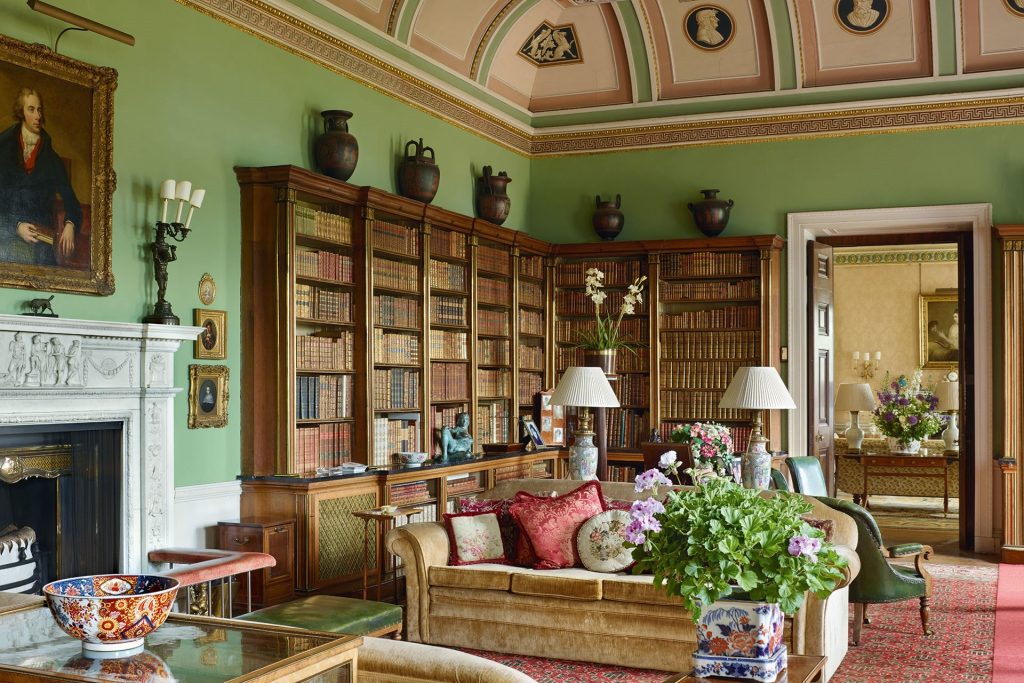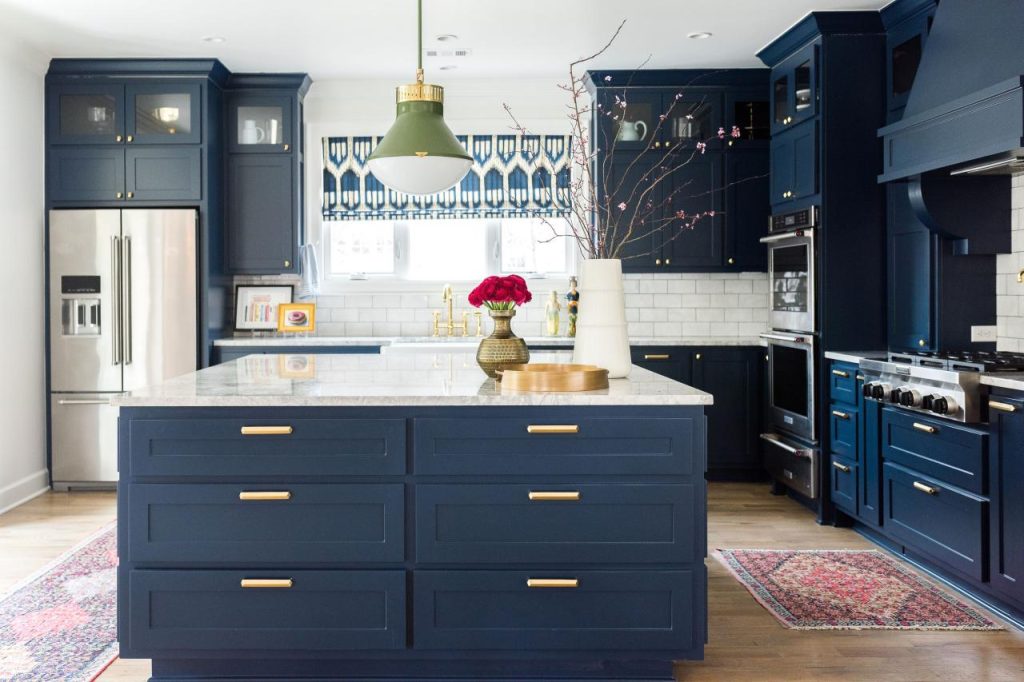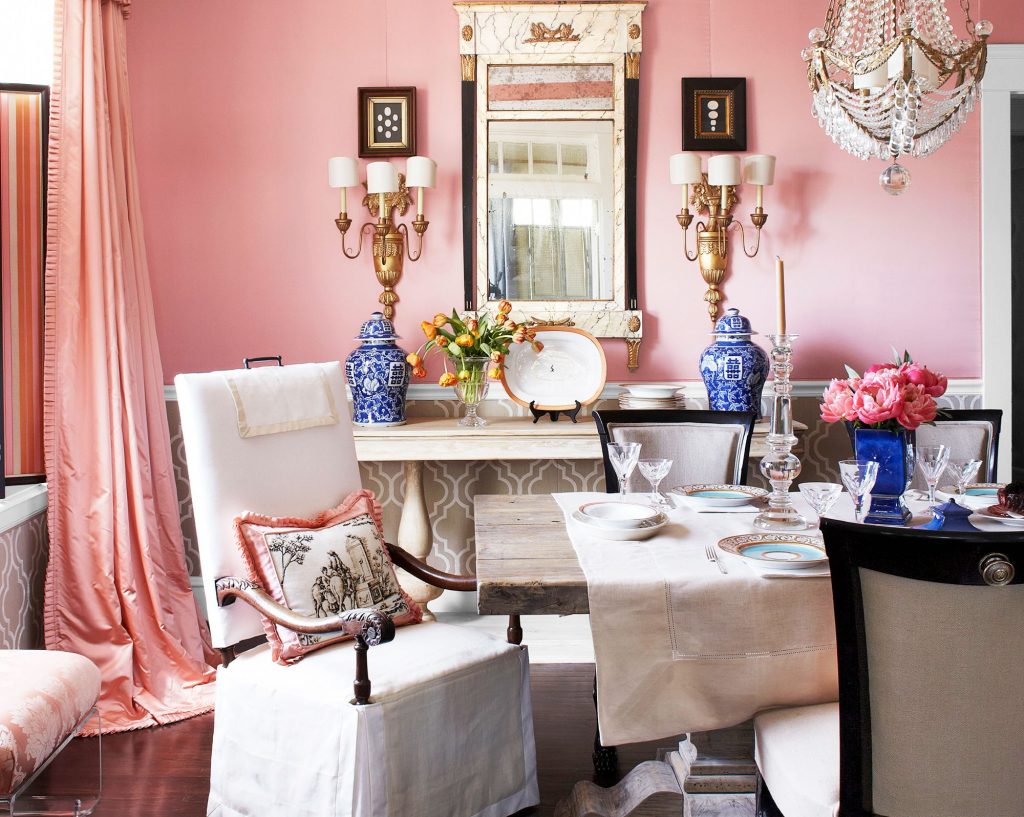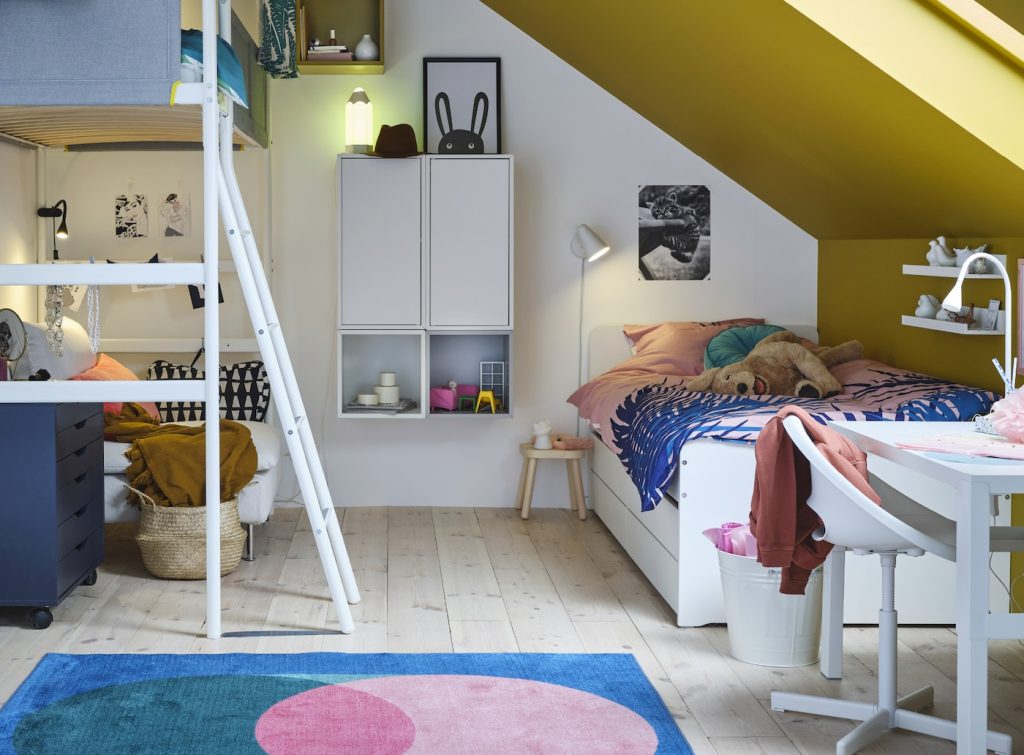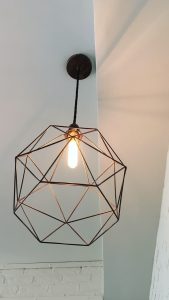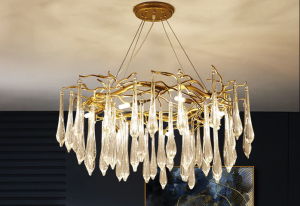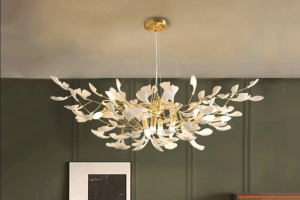
Proper lighting in a child’s room is essential for creating a safe, comfortable, and stimulating environment. The right lighting can have a significant impact on a child’s mood, behavior, and sleep patterns. It can also affect their eyesight and overall development. In this article, we will explore the importance of proper lighting in a child’s room and provide tips and ideas for choosing the right type of lighting for your child’s age and needs. We will also discuss how to create a safe and comfortable environment with lighting, maximize natural light, incorporate task lighting, add accent lighting, use dimmer switches, explore smart lighting options, and incorporate decorative lighting. Lastly, we will provide maintenance and safety tips to ensure optimal room illumination.
Understanding the Importance of Proper Lighting in Your Child’s Room
Proper lighting in a child’s room is crucial for several reasons. Firstly, it can have a significant impact on their mood and behavior. Bright, natural light can help improve mood and increase energy levels, while dimmer lighting can create a calming effect and promote relaxation. The right lighting can also affect a child’s sleep patterns. Exposure to bright light during the day can help regulate their circadian rhythm and promote better sleep at night.
Secondly, proper lighting is essential for a child’s eyesight and overall development. Insufficient or poor lighting can strain their eyes and lead to vision problems. It is important to provide adequate lighting for activities such as reading, writing, and playing to prevent eye fatigue and promote healthy visual development.
Choosing the Right Type of Lighting for Your Child’s Age and Needs
When it comes to choosing the right type of lighting for your child’s room, there are several options to consider. The most common types of lighting include overhead lighting, task lighting, accent lighting, and natural light.
Overhead lighting provides general illumination for the entire room. It is typically in the form of a ceiling light fixture or a ceiling fan with built-in lighting. When choosing overhead lighting, consider the size of the room and the brightness level needed. For younger children, softer lighting may be more appropriate, while older children may benefit from brighter lighting for reading and studying.
Task lighting is essential for activities such as homework and playtime. It provides focused illumination for specific tasks and can be in the form of a desk lamp, floor lamp, or wall-mounted light. When choosing task lighting, consider the child’s age and the type of activities they will be doing. Adjustable lamps are ideal as they allow for flexibility in directing light where it is needed.
Accent lighting adds visual interest and ambiance to a child’s room. It can be in the form of wall sconces, string lights, or nightlights. Accent lighting can be used to highlight artwork, create a cozy atmosphere, or provide a soft glow during bedtime. When choosing accent lighting, consider the child’s preferences and the overall theme or decor of the room.
Natural light is an excellent source of illumination for a child’s room. It provides numerous benefits, including improved mood, increased energy levels, and better sleep patterns. To maximize natural light in a room, ensure that windows are unobstructed and curtains or blinds are light-filtering rather than blackout. Position furniture in a way that allows natural light to flow freely throughout the space.
Creating a Safe and Comfortable Environment with Lighting
Creating a safe and comfortable environment with lighting is essential for a child’s room. Safety should always be a top priority when it comes to choosing and installing lighting fixtures. Ensure that all fixtures are securely mounted and out of reach of young children to prevent accidents or injuries. Use LED bulbs instead of incandescent bulbs as they produce less heat and are less likely to cause burns.
Comfort is also important when it comes to lighting in a child’s room. Avoid harsh or glaring lights that can cause eye strain or discomfort. Instead, opt for softer, diffused lighting that creates a warm and inviting atmosphere. Consider using lamps with adjustable brightness levels or dimmer switches to allow for flexibility in lighting intensity.
In addition to safety and comfort, consider the overall aesthetic of the room when choosing lighting fixtures. Select fixtures that complement the decor and theme of the room to create a cohesive and visually appealing space.
Maximizing Natural Light for a Brighter Room
Maximizing natural light in a child’s room has numerous benefits. Natural light is not only energy-efficient but also provides a sense of connection to the outdoors and promotes a healthy sleep-wake cycle. To maximize natural light in a room, ensure that windows are clean and unobstructed. Remove any heavy curtains or blinds that block out light and replace them with light-filtering options.
Position furniture in a way that allows natural light to flow freely throughout the space. Avoid placing large pieces of furniture in front of windows that can block light. Instead, opt for smaller furniture pieces or place larger items against walls without windows.
Consider using reflective surfaces such as mirrors or light-colored walls to bounce natural light around the room. This can help create a brighter and more spacious feel. Additionally, consider using sheer curtains or blinds that allow natural light to enter while still providing privacy.
Incorporating Task Lighting for Homework and Playtime

Task lighting is essential for creating a functional and productive space for homework and playtime. It provides focused illumination for specific tasks such as reading, writing, drawing, or playing games. When incorporating task lighting in a child’s room, consider their age and the type of activities they will be doing.
For younger children, a desk lamp with an adjustable arm and shade is ideal for directing light where it is needed. Choose a lamp with a soft, diffused light to prevent eye strain. Position the lamp on the opposite side of the dominant hand to minimize shadows while writing or drawing.
For older children, consider a desk lamp with additional features such as a built-in USB port for charging devices or a touch-sensitive dimmer switch for adjusting brightness levels. This allows for flexibility in lighting intensity and ensures optimal conditions for studying or completing homework.
In addition to task lighting, consider incorporating additional lighting options for playtime. String lights or nightlights can create a cozy and inviting atmosphere for reading or imaginative play. Wall-mounted lights or floor lamps can provide additional illumination for larger play areas.
Adding Accent Lighting for Visual Interest and Ambiance
Accent lighting adds visual interest and ambiance to a child’s room. It can be used to highlight artwork, create a cozy atmosphere, or provide a soft glow during bedtime. When adding accent lighting, consider the child’s preferences and the overall theme or decor of the room.
Wall sconces are an excellent option for accent lighting as they can be positioned to highlight specific areas or objects in the room. They come in various styles and designs, allowing you to choose one that complements the overall aesthetic of the space.
String lights are another popular choice for accent lighting. They can be hung along walls, draped over furniture, or wrapped around bed frames to create a whimsical and magical atmosphere. String lights are available in different colors and shapes, allowing you to customize the look and feel of the room.
Nightlights are essential for providing a soft glow during bedtime. They can help ease fears of the dark and provide a sense of security. Choose nightlights with adjustable brightness levels or ones that project soothing images or patterns onto the walls or ceiling.
Using Dimmer Switches for Flexible Illumination
Dimmer switches are an excellent addition to a child’s room as they provide flexibility in lighting intensity. They allow you to adjust the brightness levels according to the child’s needs and activities. Dimmer switches are particularly useful for creating a calming and relaxing atmosphere during bedtime or quiet time.
When using dimmer switches, it is important to choose compatible light fixtures and bulbs. Not all bulbs are dimmable, so be sure to check the packaging or consult with a lighting professional before purchasing. LED bulbs are typically dimmable and energy-efficient, making them an ideal choice for use with dimmer switches.
Installing a dimmer switch is relatively straightforward and can be done by following the manufacturer’s instructions. However, if you are not comfortable with electrical work, it is best to hire a licensed electrician to ensure proper installation and safety.
Smart Lighting Options for Convenience and Efficiency
Smart lighting options offer convenience and efficiency in a child’s room. They allow you to control the lighting from a smartphone or tablet, making it easy to adjust brightness levels, set timers, or create customized lighting scenes. Smart lighting can also be integrated with other smart home devices such as voice assistants or motion sensors for added convenience.
When choosing smart lighting options, consider the child’s age and their ability to operate the technology. Opt for user-friendly systems that are easy to set up and use. Look for features such as color-changing capabilities or pre-set lighting scenes that can create a fun and interactive experience for the child.
Smart lighting can also help promote healthy sleep patterns by simulating natural light cycles. Some systems offer features such as sunrise and sunset modes that gradually adjust the brightness levels to mimic the rising and setting of the sun. This can help regulate the child’s circadian rhythm and promote better sleep at night.
Decorative Lighting Ideas for a Fun and Personalized Space
Decorative lighting adds a touch of fun and personalization to a child’s room. It can be used to create a theme or showcase the child’s interests and hobbies. When incorporating decorative lighting, consider the child’s preferences and the overall decor of the room.
One popular decorative lighting option is neon signs. Neon signs come in various shapes, sizes, and colors, allowing you to choose one that reflects the child’s personality or interests. They can be hung on walls or placed on shelves to create a focal point in the room.
Another decorative lighting idea is using fairy lights or string lights to create a cozy and whimsical atmosphere. They can be draped over bed frames, hung along walls, or wrapped around furniture to add a touch of magic to the space. Fairy lights are available in different colors and shapes, allowing for customization according to the child’s preferences.
Lava lamps are another fun and decorative lighting option. They provide a mesmerizing display of colorful liquid and floating wax that can captivate a child’s attention. Lava lamps come in various sizes and designs, making them suitable for different age groups.
Maintenance and Safety Tips for Optimal Room Illumination
Maintenance and safety are essential when it comes to lighting in a child’s room. Regular maintenance ensures that the lighting fixtures are functioning properly and provides optimal illumination. Safety measures help prevent accidents or injuries.
To maintain optimal room illumination, regularly clean light fixtures and replace burnt-out bulbs. Dust and dirt can accumulate on light fixtures, reducing their brightness and effectiveness. Use a soft cloth or duster to remove any debris or dust from the fixtures. Replace bulbs as soon as they burn out to ensure consistent lighting throughout the room.
Safety should always be a top priority when it comes to lighting in a child’s room. Ensure that all fixtures are securely mounted and out of reach of young children to prevent accidents or injuries. Use LED bulbs instead of incandescent bulbs as they produce less heat and are less likely to cause burns. Avoid using extension cords or overloading electrical outlets to prevent electrical hazards.
Proper lighting in a child’s room is essential for creating a safe, comfortable, and stimulating environment. The right lighting can have a significant impact on a child’s mood, behavior, and sleep patterns. It can also affect their eyesight and overall development. By understanding the importance of proper lighting and implementing the tips and ideas discussed in this article, you can create an optimal lighting environment for your child’s room. Remember to prioritize safety, consider the child’s age and needs, and create a space that is both functional and visually appealing.

